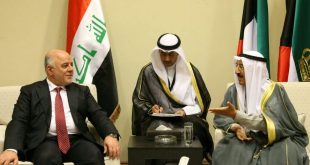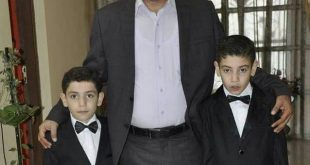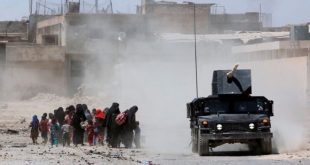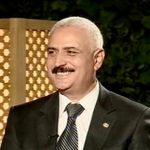
Tal Afar land has dimensions of tactical and strategic importance and is considered a military key to the following districts: South of Dahuk, Rabia, Sinjar Mountain and Plain, Nineveh Desert, west of Mosul, Syrian border east of Al-Hasakah, in addition to it being a strategic point of transportation as it centers between Al-Mosul, the borders, and several other areas.
Tal Afar has had the interest of the Iraqi military institution as it has a massive military airport built in it that contains several runways and airfields plus a setting of a permanent camp with a logistics infrastructure capable of harboring a combatant military build-up. And after the occupation of Tel Afar by ISIS in 2014, they used it as a logistical platform and a command center for control and reception as well as a training facility for new recruits dropping by from abroad. They also used it as a launch base for guerrilla attacks on open-air supply lines through offensive battle method in the desert and the border aiming to liberate Iraqi land from terrorism and strife…
Which begs the question; If Tal Afar is of that strategic importance, why is it taking this long for it to be liberated? And are the reasons behind that of military or political nature?
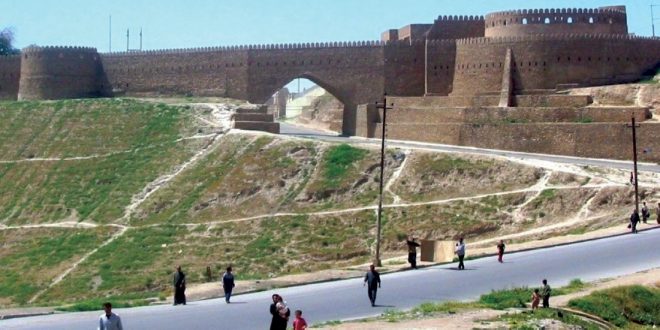
In my opinion, the military geography of the Tal Afar district cannot be taken in consideration in isolation from the political aspects, and this is what is called as” geopolitical”, as well as the historical and social aspects of the city and the necessity of taking in consideration what the district has witnessed after 2003 from sectarian strife filled with cruelty leaving deep wounds and serious rupture in the social fabric of the people of Turkmen, who are known for their tolerance and love for peace throughout history. Based on that, the delay for the liberation of the district is more likely due to political reasons rather than military ones, as the military build-up assigned to break into the city and liberate it has been completed for a quite a while now in regards to logistics, combat ability, and war plan aspects and is awaiting orders. There is no doubt that the liberation mission has a three-dimensional political effect (local, regional, international) as follows:
Any treatment to the issue of Tal Afar has to be approved by more than one party / Shiites and Sunnis should agree to it, the Turkmen should feel okay with it, and the Kurds shouldn’t fear it, as for the regional party, any action must be within consideration to vanquishing any fears and concerns Ankara might have ..!! As for the international aspect, the United States and the Western Alliance are required to provide military and political coverage and support for this battle as well as ensure the stability of the judiciary after its liberation, as it is the gateway to war and peace in Nineveh. This complex situation may provide an explanation for the reasons behind the delay in the liberation of this important city, taking into account that delaying the conclusion of the battle in these areas present, from a military point of view, an opportunity for the enemy to militarily re-organize their ranks, catch their breath, and adapt to the new situation. Militarily, the state of breakdown, defeat, and frustration among ISIS’s people after their shaking defeat in Mosul should have been exploited and taken advantage f by increasing military pressure on their survivors fleeing towards desert, pursuing them, and inflicting even more damage to them by hitting their sanctuaries in the desert’s depth, having them constantly placed under a state of disruption, persecution, and instability; so as to weaken their ability to launch any potential terrorist counter-attacks, even if it’s individual or retaliatory. In spite of all, I think that the battle of Tal Afar’s liberation is close and soon enough the white smokes will emerge announcing the zero hour to start a new phase of war of liberation for the areas remaining under ISIS’s command which are (Tal Afar and its surroundings, Hawija, Al-Qa’im, Anah, Rawa, some areas in Al-Shirqat and Hamrin). I also believe that efforts are being expended on the humanitarian aspect to provide shelter and aid supplies to potential displaced citizens from the district so that we can have a completed view on the scene on all aspects and details…
 Dheyaa Alwakeel
Dheyaa Alwakeel
